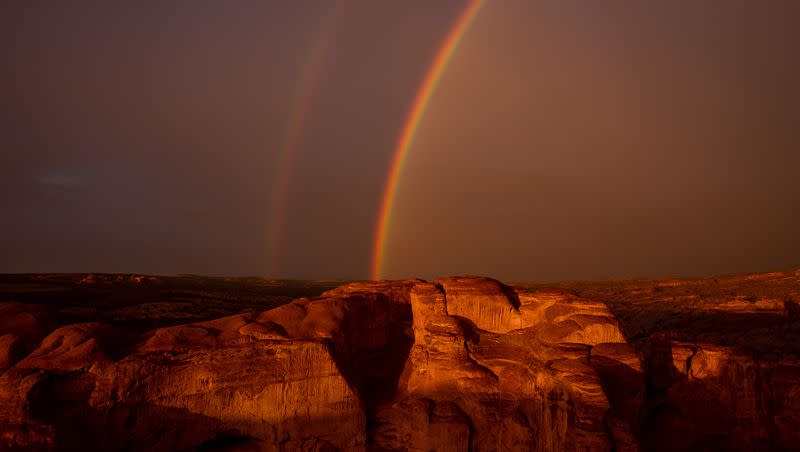Here’s why Utah has a $5M plan to keep national parks open during the federal shutdown

Why is Utah planning to spend $5 million to keep its “Mighty 5” national parks open during the anticipated federal government shutdown?
For starters, the parks contribute $2.6 billion to Utah’s economy annually. More than 23,000 livelihoods depend on the visitor economy, according to the Utah Office of Tourism.
“Our first priority is watching out for visitors who have traveled from all over the world to have once-in-a-lifetime experiences. Our national parks will remain open,” said Vicki Varela, managing director of the Utah Office of Tourism, in a statement.
“We are also mindful of the communities that rely on the visitor economy, and of course, protecting the natural environment of these beautiful places,” she said.
Last week, Utah Gov. Spencer Cox said the state plan can be accomplished “with existing funds without having to call the Utah Legislature into a special session. So that’s the track that we are taking right now.”
According to the state tourism office, state funds will be allotted to national parks foundations affiliated with Utah’s so-called Mighty 5 — Arches, Bryce Canyon, Canyonlands, Capitol Reef, and Zion national parks.
“The foundations will not operate the parks, but will transfer state funds to the parks to underwrite basic operations. Essential services that will be covered include visitor centers, permitting, trash pickup and bathroom cleanup. Discussions are also underway with the Department of Interior to ensure plans are in place for shuttle operations in Zion and Bryce Canyon national parks.” according to a statement by the Utah Office of Tourism.
Related
Utah is among the top three states for total economic output from national park visitor spending, according to the 2022 National Park Service Visitor Spending Effects Report.
Ryan Starks, executive director of the Governor’s Office of Economic Opportunity, said Utah has the best economy in the United States “and we intend to keep it that way.”
The shutdown could cost the nation’s travel economy as much as $140 million a day, according to the U.S. Travel Association.
Meanwhile, Utah’s 46 state parks are open, staffed, and ready to welcome visitors.
“Tourism plays a vital role in sustaining Utah’s rural economies, and our state,” said Utah State Parks Director Jeff Rasmussen.
“Our parks take pride in facilitating visitor experiences. Our doors are always open,” Rasmussen said.

